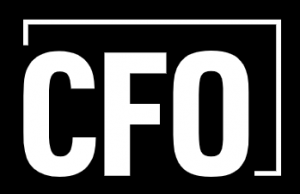How CFOs Can Optimize Cash Flow: 4 Steps
As Seen in: CFO.com
Facing another year of rising costs, finance chiefs must push their companies to do more with less to enhance liquidity and improve profitability.
By Junaid Samnani and Sanjay Purohit

CFOs have always served as mission-critical liaisons between different units within a business, conduits to sponsors of private equity-backed businesses, and overseers of efforts to scale business growth. They plan for and measure success while holding people accountable for achieving that success and must use their unique position to direct enterprise-wide transformation.
To effectively execute these objectives, CFOs have historically had to wear three main hats: systemic strategist, change champion, and tactical technician.
While these roles should remain core areas of focus for CFOs, the current economic climate demands a new hat — that of the cash flow optimizer. Facing another year of rising costs, they must push their companies to do more with less to enhance liquidity and improve profitability.
New Times, New Needs
Cash maintenance was historically a role for the CFO but became less of a priority in the era of low-interest rates and high growth. In recent years, CFOs were more focused on expanding quickly and seizing opportunities, and less on ensuring efficiency during the process. Now they must more closely watch cash inflows and outflows as economic factors put a damper on business activity and stifle growth.
While each situation will have unique circumstances, CFOs wearing the cash flow optimizer hat can use a predictable, four-step improvement process to guide their efforts.
1. Data Gathering
The cash flow optimizing CFO must first build a 13-week cash flow model for a complete picture of the organization’s cash inflows and outflows. They must then build KPIs to understand which value-creation drivers are most important for their business. Broadly speaking, these will fall under working capital, cost, and revenue and will be the key focus areas for improvement.
Cost reduction. Strategically reducing costs comes down to optimizing overhead and reducing direct costs and can include everything from sales and marketing overhead, real estate footprint, labor cost management, materials cost, or shared services and outsourcing.
Revenue and margin enhancement. Enhancing revenue comes down to understanding current customers, opportunities for incremental revenue given the market opportunity and competitive outlook, and the effectiveness of sales, marketing, and current customer relationships.
Working capital optimization. Management of inventory, capital expenditure, accounts receivable and payable (AR/AP), credit terms, and cash forecasting and management are key elements of a company’s operating liquidity.
2. Benchmarking
Not all costs can be driven down to zero, nor can revenue be enhanced without limit. To understand which cash flow drivers can be modified and where the biggest opportunities for unlocking value lie, it’s necessary to look to industry benchmarks.
Once benchmarks are compared with current KPIs, the CFO can prioritize focus areas and gain alignment with the executive team for execution.
3. Optimization
With current stats, benchmarks, and a prioritized list of focus areas, the CFO can launch a transformation management office to guide improvement. This cross-functional leadership team will task specific individuals with specific responsibilities and a timeline they can operate against. Progress is tracked, and value creation is calculated.
4. Leveraging New Technology
Artificial intelligence (AI) and machine learning (ML) technology tools can help change the game and are indispensable for CFOs looking to improve EBITDA, trim the fat, and deliver real value for stakeholders.
As cash flow optimizers, CFOs should not only be familiar with the impact of AI and ML-driven tools but need to embrace their power and be champions of AI/ML-driven transformation if they want their organizations to compete successfully.
Companies across all sectors will have a renewed focus on EBITDA enhancement and improving their cash position throughout the remainder of 2023, and CFOs must don their cash flow optimizer hats to shepherd their businesses through tough times ahead.
That’s not to say they need to stop being systemic strategists, change champions, and tactical technicians, but that cash maintenance is key. Luckily for them, unlike the economic downturns of the past, CFOs have new purposes, technologies, hard-won lessons, and a toolkit of proven techniques to lead the way.







